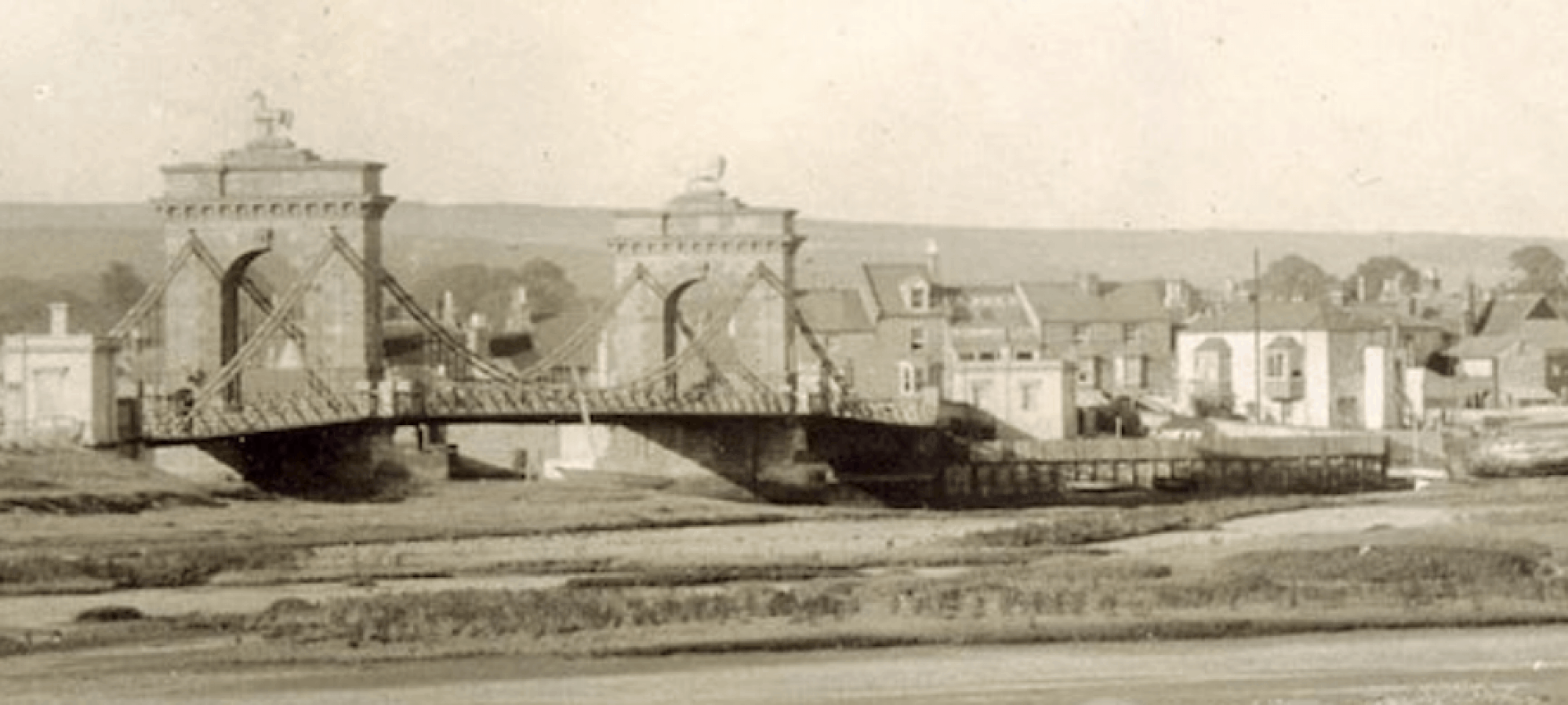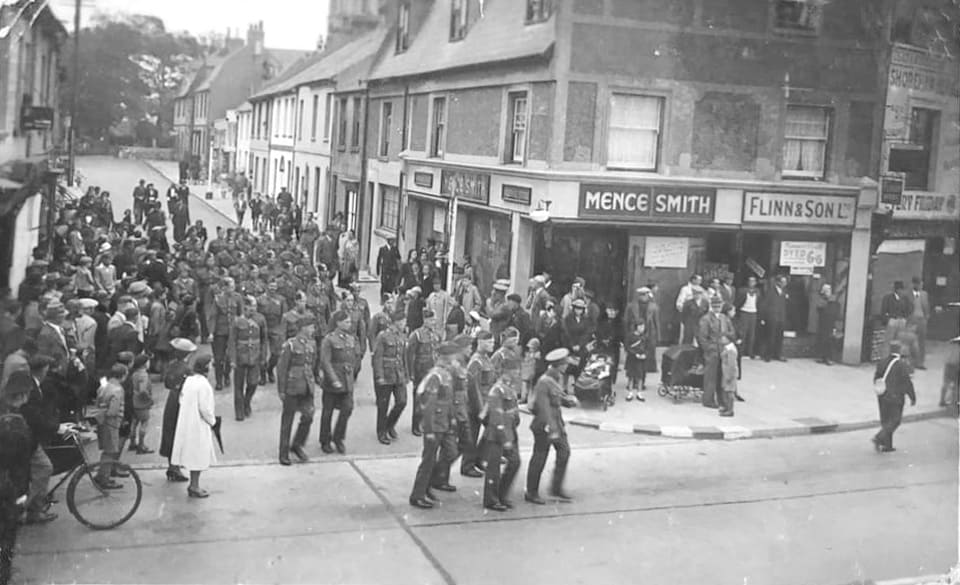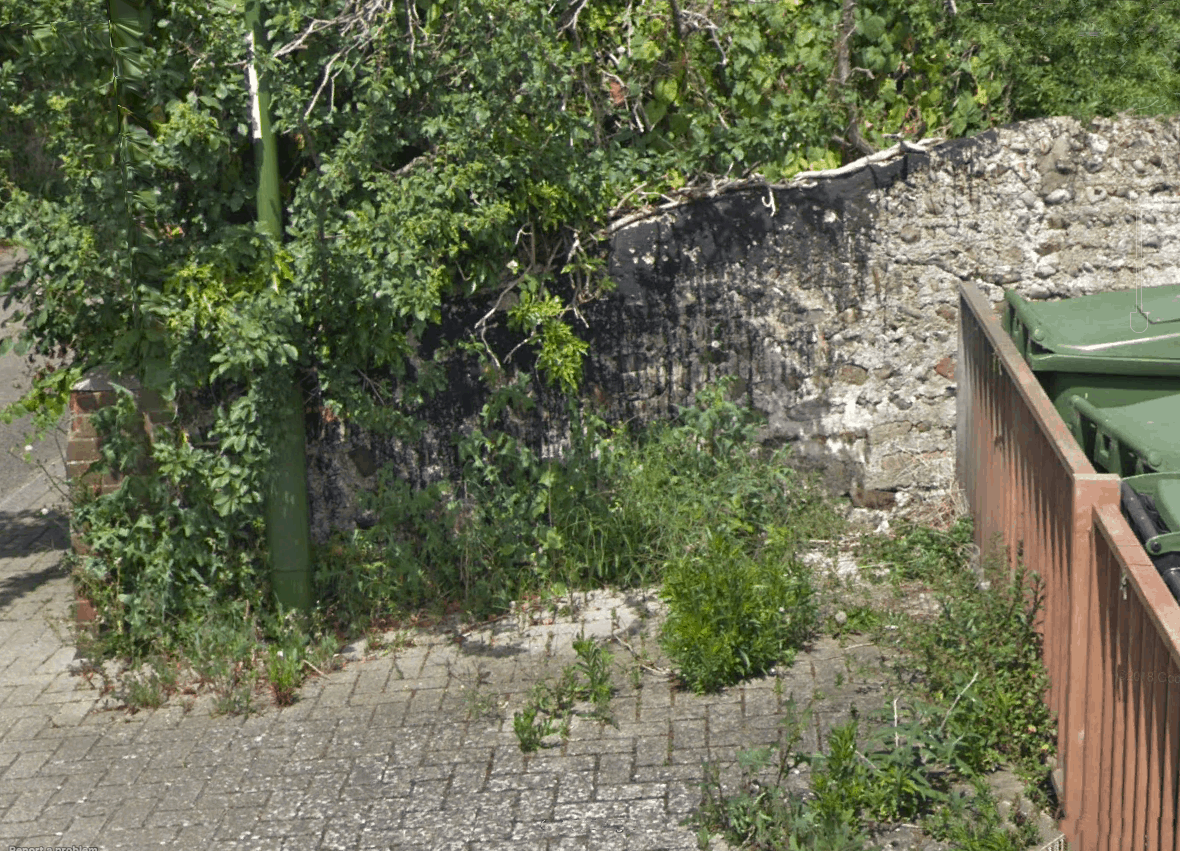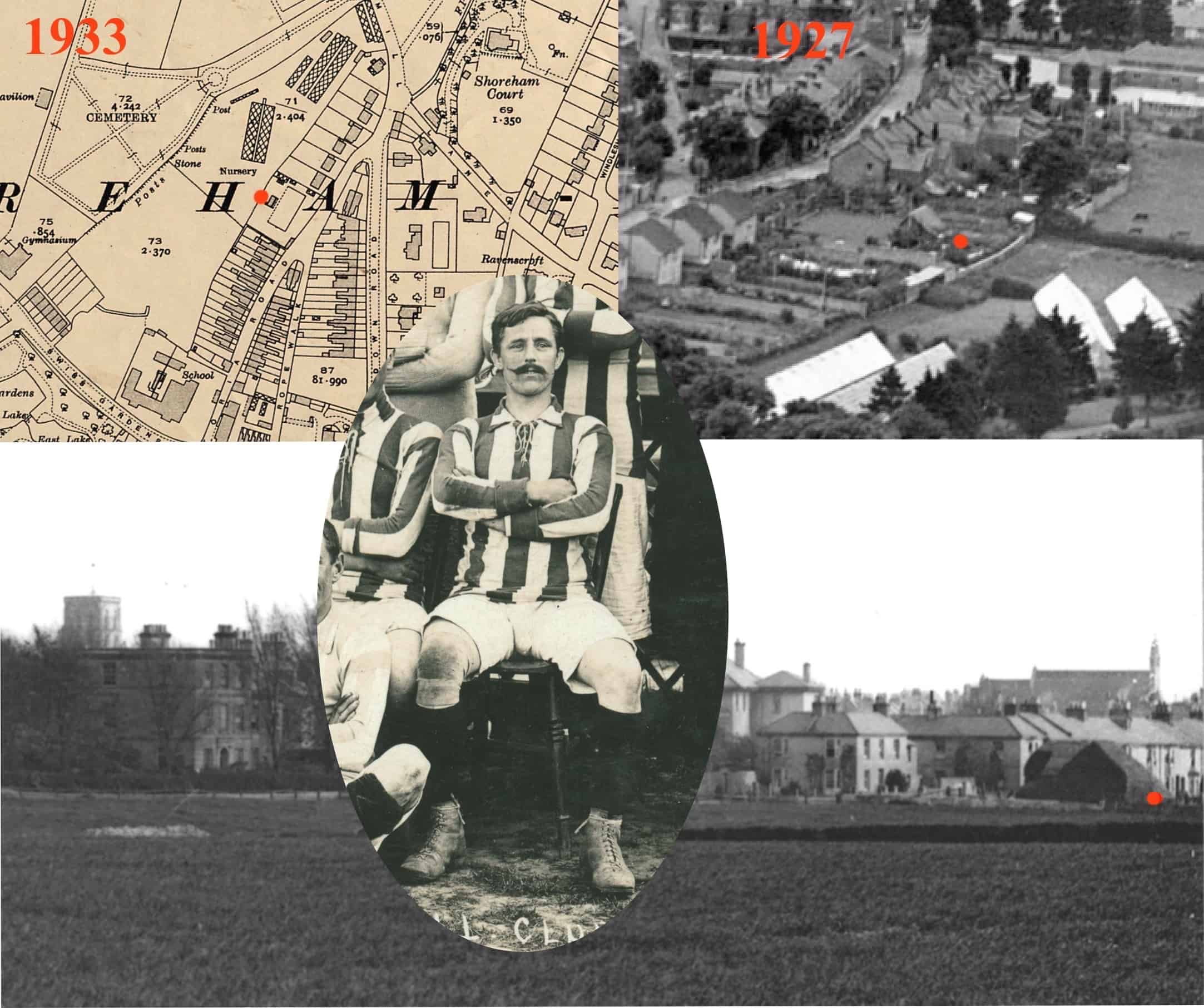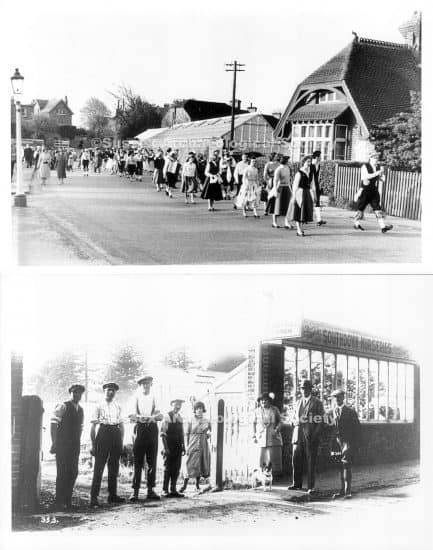See John Butler’s sketch in real life
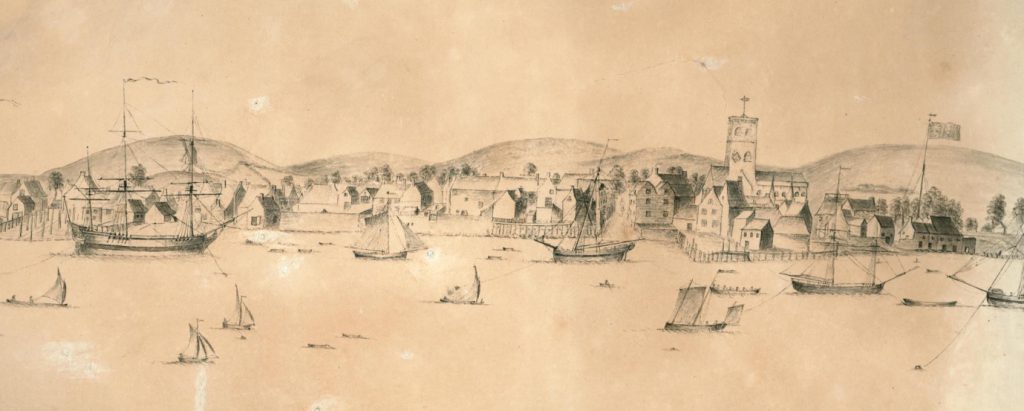
To coincide with the re-opening of Shoreham’s Marlipins Museum this May 2022 it is worthwhile mentioning that a visit to the first floor gallery will give a rare opportunity to view in person the original sketch made by Butler in 1786. This accurate snapshot of Shoreham is especially revealing. Roger Bateman’s meticulous examination and research is linked below.
The Rescue – Shoreham in the 1960’s
The Old Brewery Chimney
Many of Shoreham’s old photos of the High Street and from across the river show a familiar chimney on the spot where Coronation Green is now. Originally part of a cement works in the early 1800’s it later became a brewery.
Continue reading “The Old Brewery Chimney”One Day, One Year, One Place – Mill Lane
A study of the inhabitants of Mill Lane, Shoreham in 1939.
written by Jenny Elton

Following the onset of war in September in 1939 a Register was taken of the civilian population with the purpose of producing a National Identity card. Later it was to become multifunctional, first as an aid in the use of ration cards and later helping officials to record the movement of the civilian population over the following decades. From 1948 it formed the basis for the National Health Service Register. The data was collected on 29th September 1939.The following information was listed. Name, gender, date of birth, marital status, occupation, and whether a visitor, servant, patient, inmate or inferred family member and other members of the household.
Continue reading “One Day, One Year, One Place – Mill Lane”All in the detail – Windlesham
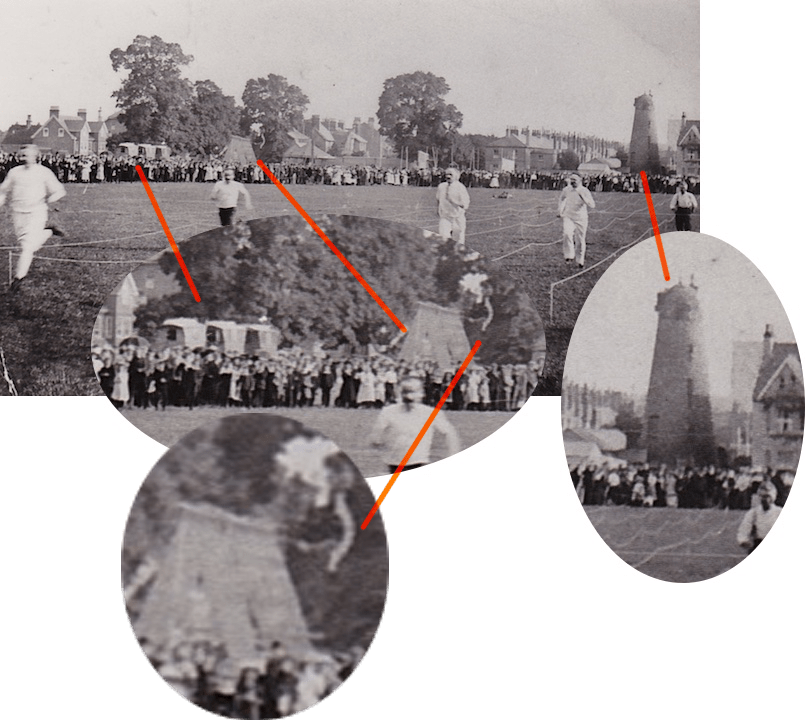 This well known photo of the veterans 1907 race at the Oxen Field (now Windlesham Gardens) was of particular interest to me as it provided a glimpse of the Mill Lane windmill that was owned at the time by a predecessor. More interestingly though was the fair there that included what looks like gypsy caravans and swing boats including one mad individual that propelled his swing boat so high it was nearly vertical!
This well known photo of the veterans 1907 race at the Oxen Field (now Windlesham Gardens) was of particular interest to me as it provided a glimpse of the Mill Lane windmill that was owned at the time by a predecessor. More interestingly though was the fair there that included what looks like gypsy caravans and swing boats including one mad individual that propelled his swing boat so high it was nearly vertical!
Looks can be deceptive
This painting looks (to me) a good many years older than the photo. But the painting is 1887 (artist Alfred Bennett) and the photo was taken in 1878.

WW2 photograph – High St
WW2 photos are quite rare – this one courtesy of Trisha Robb, shows the junction of Church Street and High Street.
West Street’s history resurfaces?
How long does dried tar last? History tells us it can be centuries. A few years ago they cut the cypress trees and undergrowth down on the north side of the catholic church car park and revealed spilt tar on the west end of the railway wall. Even after the railways came (1840’s) they continued to twist and tar the ropes under and through the bridge from West Street to the top of Ropewalk and still laid out their tarred sails to dry up until the 1880’s.
They used Stockholm tar, a clearish amber colour, very slow drying and kept supple on ships’ ropes and sails by continuous reapplication but, apparently, when it does eventually dry it turns black. Is this a century (and a bit) evidence of that industry where brushes were wiped of excess tar? Sadly I doubt it – probably more like an accident by a clumsy worker during the tarmacing of the church car park I guess.
West Street’s ropemaking history:- http://www.shorehambysea.com/1400-2/
Charles Peak and Southdown Nursery
Some time ago Spinalman drew our attention to a late 19th century photo of what looked like upturned boat/ship hulls, presumably used as sheds, on the west side of Victoria Road opposite the point where Rope Walk meets Victoria. Looking through the 1927 ‘Britain from Above’ aerial photos I wondered if one of them still survived at that time. I don’t think it is but Charles Edward Peak, left wing for Shoreham FC’s 1905/6 record breaking side and fruit grower owned the Southdown Nursery at the top of The Meads recreation ground (where the greenhouses are) and lived at the house shown side-on at the corner of the plot in question (then 16 Victoria Road, now number 77). It looks like a lovely little oasis in an encroaching sea of houses and may well have belonged to Peak as well. Other photos of the main entrance are also attached.
